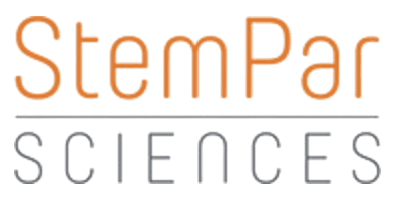Our Technology
SPS-201 interferes with the normal cytoprotective role of NQO1, whose differential upregulation in many cancers protects them from toxic effects of reactive oxygen species.
Our lead program comprises a novel therapeutic agent, SPS-201, which targets NQO1, an enzyme frequently expressed at high levels in tumors. SPS-201 redirects NQO1 from its physiological role in quinone detoxification to that of a "futile redox cycle" and potently depletes energy reserves of cancer cells by reducing NAD(P)H/ATP levels, while concomitantly generating toxic levels of reactive oxygen species (ROS).
KEY ELEMENTS OF SPS-201:
- Specificity for target enzyme NQO1
- Well understood mechanism of action
- Defined biomarker and patient selection strategy
- Multiple clinical target populations
Treatment of cancer cells with SPS-201:
- Decreases energy reserves through depletion of NAD(P)H and ATP
- Increases ROS, which damage membranes and enhance mutagenesis
- Disrupts DNA repair mechanisms that lead to loss of genome integrity
MECHANISM OF ACTION
Altered metabolism within cancer cells can lead to faulty regulation of the oxidative stress response, whose primary role is to detoxify reactive oxygen species (ROS). ROS are produced as a natural consequence of metabolism, but can accumulate at toxic levels when redox homeostasis is disrupted.
NAD(P)H:quinone oxidoreductase-1 (NQO1) is an enzyme frequently expressed at high levels by certain tumors. NQO1 detoxifies molecules called quinones by catalyzing a reaction that bypasses the formation of an unstable and reactive intermediate form of the molecule. One promising therapeutic strategy has been to redirect NQO1 from its normal detoxification function through introduction of an alternate substrate that can self-regenerate within the cancer cell, leading to a "futile redox cycle" that depletes energy while concomitantly generating greater amounts of toxic ROS.
